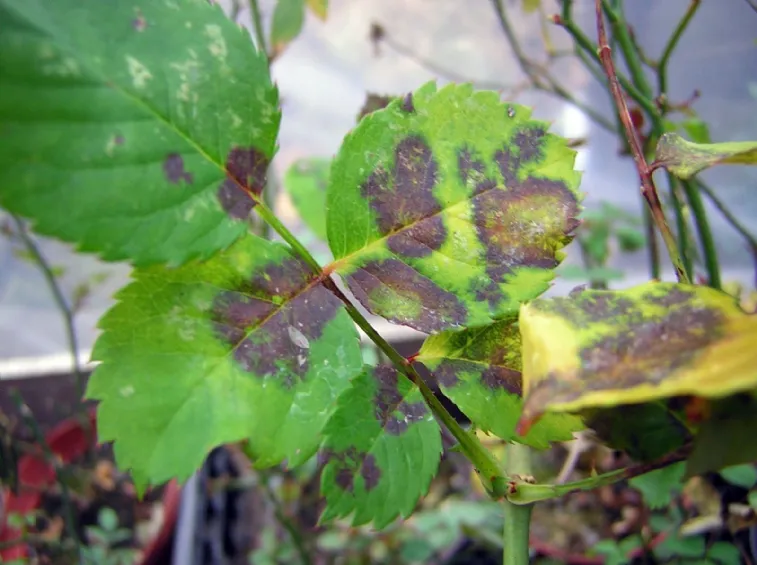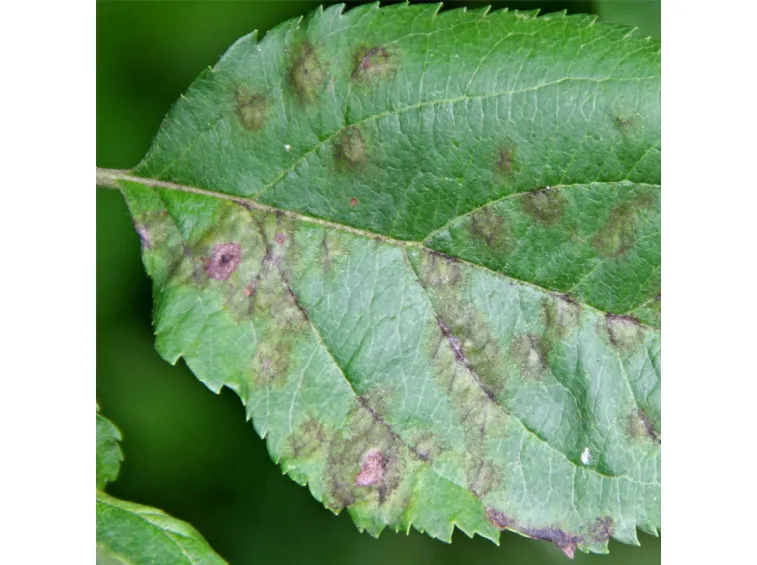The scab on the rose
Scab on the rose
The scab è a fungal disease that affects many plants, both ornamental and production. The fungi that cause this disease are mostlyù belonging to the Diplocarpon genus or the Marsonnina genus. L’ scab infestation starts from the leaves and it canò recognize in principle by the presence of small black dots that gradually widen up to form large spots. Scab outbreaks tend to develop in particularly cool and rainy areas, in periods with temperatures between 18 and 25° C characterized by frequent rains.
Generally the più plants; affected are the rosaceae, in particular the fruit rosaceae such as the apple tree and the pear tree and obviously the roses.
How does the scab on the rose
The scab develops initially from the leaves and then spreads the più sometimes even to the stems and leaves. The fungi in the form of spores arrive carried by the wind and are deposited on the leaves, precisely on the leaf plate, and from here they begin to affect the leaves by penetrating the wall and absorbing the nutrients they need. The leaves gradually lose their vigor and turn yellow until the tissues turn black due to the degeneration of the leaf tissues caused by the fungus. The plants attacked by scab progressively lose all their leaves by stripping and if we do not intervene with fungicides we can get worse; witness the death of the plant due to the lack of photosynthesis but this happens only with extremely intense attacks. Normally the scab causes defoliation and in general a stunted growth of the plants, sinceé vegetative development è reduced due to poor photosynthesis.
How to treat scab
The fight against scab begins first of all with adequate pruning, aimed above all at circulating air between the branches and leaves, but above all water stagnation must be absolutely avoided, through proper irrigation and planting carried out correctly. When roses are dormant è It is advisable to make treatments based on Bordeaux mixture or in any case with similar copper-based products. In addition to copper-based products, systemic fungicides based on Mancozeb, Zineb, Kaptano and Propiconazole can also be used.


